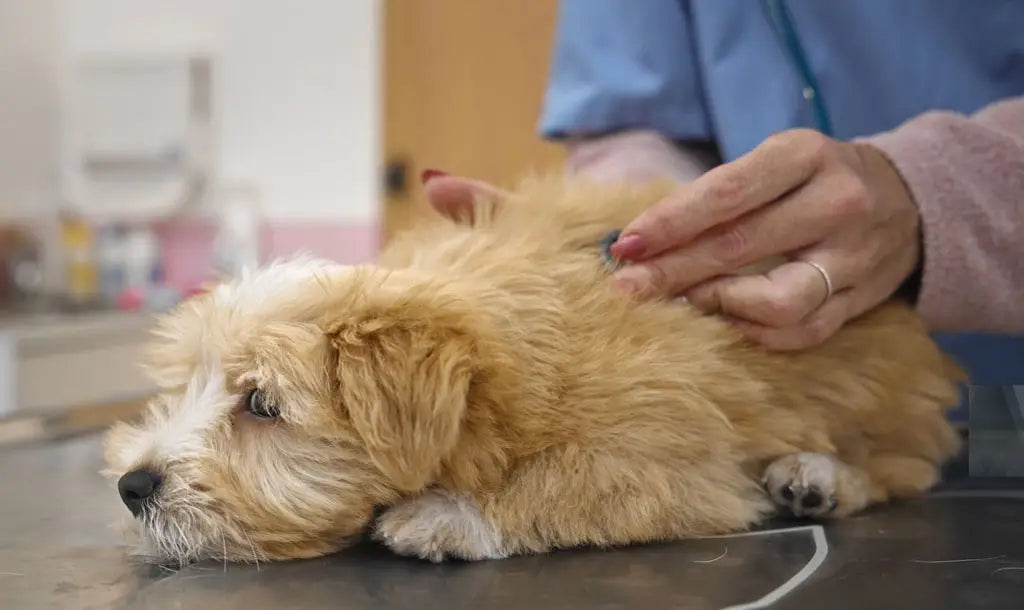If you’re living with a cat or dog, especially one that’s getting a little older, there’s a silent threat you should be aware of: kidney disease. It’s one of the most common and underdiagnosed issues, particularly in cats. The tricky part? It often progresses slowly—so slowly, in fact, that by the time symptoms show up, significant damage has already occurred.
Today I want to walk you through what kidney disease is, the difference between chronic and acute kidney issues, what symptoms to watch for, and how you can support your pet using integrative, effective strategies.
What Do the Kidneys Do, Anyway?
The kidneys play a crucial role in your pet’s health. These amazing organs filter waste, regulate hydration, help balance blood pressure, produce red blood cells, and manage important vitamins and minerals like calcium and phosphorus. In short, they’re multitasking powerhouses—and when they start to falter, a whole range of body systems feel the impact.
Chronic Kidney Disease (CKD): The Quiet Progression
Chronic kidney disease—sometimes called chronic renal failure or chronic renal insufficiency—develops slowly over months or even years. It’s far more common in cats than dogs, and it often goes unnoticed until it’s advanced. That’s because the kidneys are expert compensators. Your pet may have lost up to 75% of kidney function before symptoms become obvious.
The causes of CKD vary:
- Congenital defects (present at birth)
- Chronic infections
- High blood pressure
- Certain medications
- Toxin exposure
- Cancer and autoimmune diseases
And sometimes, sadly, we simply don’t know what caused it. Functional medicine vets know diet and other lifestyle factors affect the kidneys, but research directly relating to how these factors directly impact our pets’ kidney health is scarce.
Some breeds are more at risk. In cats, Abyssinians and Persians top the list. In dogs, Samoyeds, Bull Terriers, Cairn Terriers, German Shepherds, and English Cocker Spaniels are known to be more susceptible.
Symptoms of CKD Can Be Sneaky
You may notice:
- Increased thirst and urination
- Weight loss
- Lethargy or depression
- Decreased appetite
- Vomiting or diarrhea
- Bad breath or oral ulcers
- Acute blindness
- Seizures
- Coma in extreme cases
In cats especially, a slow and steady weight loss can be one of the earliest red flags. If your kitty’s water bowl seems to be emptying faster than usual, don’t brush it off—bring it up with your vet.
Acute Kidney Injury (AKI): Sudden and Serious
Unlike CKD, acute kidney injury comes on fast. It might happen after toxin ingestion (like antifreeze, certain plants, or human medications), severe dehydration, infection, or trauma (like a kidney or bladder stone). AKI is a veterinary emergency. The kidneys can shut down in a matter of days, or even within hours. Without prompt treatment, it can be fatal. The good news? With fast, aggressive care, AKI can sometimes be reversed. But time is of the essence and the best outcomes occur when animals receive IV fluids and supportive care continually during the crisis.
In some cases, pets may experience both chronic and acute kidney issues—a scenario known as acute on chronic kidney disease (ACKD). It’s more complicated to treat, but early intervention still gives us a better shot at managing it longterm2.
Getting a Diagnosis: What Your Vet Will Look For
If kidney disease is the likely diagnosis, your veterinarian will run blood and urine tests (including SDMA) to check for elevated waste products like BUN (blood urea nitrogen) and creatinine, as well as protein in the urine. Pets with CKD often have diluted urine (low specific gravity) because their kidneys can’t concentrate urine like they used to.
Imaging like ultrasound can help reveal if the kidneys are abnormally small or have structural changes. Occasionally, a biopsy might be necessary, especially if the kidneys are enlarged, to understand what’s causing the dysfunction.
The International Renal Interest Society (IRIS) has developed a staging system(1 to 4)1 for CKD based on lab values, which helps us guide treatment plans more precisely. You can read more about IRIS staging here
Treating Kidney Disease: What Really Works
While we can’t cure chronic kidney disease, we can slow its progression and dramatically improve your pet’s quality of life. Here’s where integrative care really shines.
-
Fluid Therapy
Hydration is critical. Most pets with CKD become dehydrated easily. Subcutaneous fluids (administered under the skin) are easy to learn at home and can be a literal lifesaver. In severe cases, IV fluids may be needed temporarily.
-
Diet
This is where many conventional and holistic vets may differ. I recommend a fresh, moisture-rich, species-appropriate diet with moderate, high-quality animal protein—not low protein immediately upon diagnosis, which can lead to muscle wasting. It’s also important to reduce phosphorus levels as soon as you can. Dry food, especially prescription kibble, is dehydrating and often not ideal for pets with kidney issues.
-
Supplements & Medications
Depending on your pet’s lab work, we might add potassium, phosphate binders, antioxidants, omega-3s (DHA/EPA), probiotics, or blood pressure and anemia support. Integrative vets can customize a protocol to support your pet’s specific needs, including detoxification support with specific herbs, anemia-preventing supplements, glandulars and kidney-protective protocols.
-
Regular Monitoring
Tracking trends in bloodwork, urine concentration, body weight, and blood pressure helps us stay ahead of changes before they become crises.
Preventing Kidney Issues Before They Start
You can support kidney health even before there’s a problem by:
- Offering fresh, filtered water at all times
- Feeding a human-grade, moisture-rich fresh food diet that’s nutritionally adequate
- Avoiding exposure to known toxins (like lilies in cats or ibuprofen in dogs)
- Seeing your vet for regular bloodwork and exams, especially as your pet ages
Early screening (including an annual SDMA blood test) is a great preventive step because we can address any changes months to years before the kidneys deteriorate and ultimately fail, dramatically extending lifespan by supporting kidney function, if necessary, throughout the aging process.
Sources and References:
- 1 Iris CKD Staging Guidelines
- 2 Brown S. A., & Elliott, J. (2016). Acute on Chronic Kidney Disease in Cats and Dogs. Journal of Veterinary Internal Medicine Brown,30(4), 1027–1040.





